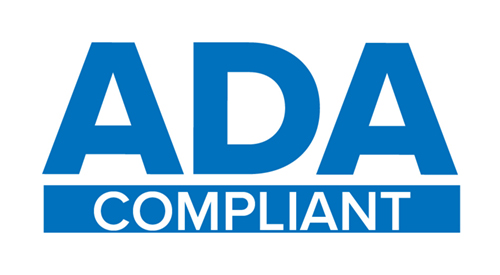Sun & Your Skin
Summer is a great time to spend outdoors especially at the beach. Protecting your skin from skin cancer requires you to protect yourself. Here are tips to stay safe in the sun: from sunscreen to sunglasses courtesy of the US Food & Drug Administration.
Sunscreen
Spending time in the sun increases your risk of skin cancer and early skin aging. People of all skin colors are at risk for this damage. You can reduce your risk by:
- Limiting your time in the sun, especially between 10 a.m. and 2 p.m., when the sun’s rays are most intense.
- Wearing clothing to cover skin exposed to the sun, such as long-sleeve shirts, pants, sunglasses, and broad-brim hats. Sun-protective clothing is now available. (The FDA regulates these products only if they are intended to be used for medical purposes.)
- Using broad spectrum sunscreens with a SPF value of 15 or higher regularly and as directed. (Broad spectrum sunscreens offer protection against both UVA and UVB rays, two types of the sun’s ultraviolet radiation.)
- Reading the label to ensure you use your sunscreen correctly.
- Consulting a health care professional before applying sunscreen to infants younger than 6 months.
In general, the FDA recommends that you use broad spectrum sunscreen with an SPF of 15 or higher, even on cloudy days.
- Apply sunscreen liberally to all uncovered skin, especially your nose, ears, neck, hands, feet, and lips (but avoid putting it inside your mouth and eyes).
- Reapply at least every two hours. Apply more often if you’re swimming or sweating. (Read the label for your specific sunscreen. An average-size adult or child needs at least one ounce of sunscreen, about the amount it takes to fill a shot glass, to evenly cover the body.)
- If you don’t have much hair, apply sunscreen to the top of your head or wear a hat.
- No sunscreen completely blocks UV radiation. So other protections are needed, such as protective clothing, sunglasses, and staying in the shade.
- No sunscreen is waterproof.
Sunscreen is available as lotions, creams, sticks, gels, oils, butters, pastes, and sprays. Sunscreen products in forms including wipes, towelettes, body washes, and shampoos that are marketed without an FDA-approved application remain subject to regulatory action.
Protect your eyes
When using sunglasses:
- Choose sunglasses with a UV400 rating or “100% UV protection” on the label. These sunglasses block more than 99% of UVA and UVB radiation and provide the most protection against UV rays.
- Do not mistake dark-tinted sunglasses as having UV protection. The darkness of the lens does not indicate its ability to shield your eyes from UV rays. Many sunglasses with light-colored tints – such as green, amber, red, and gray – can offer the same UV protection as very dark lenses.
- Check to see if your tinted glasses have UV protection. If you are unsure, your eye care professional may be able to check for you. When you wear tinted glasses, your pupils dilate and can increase exposure of your retinas to UV light. Without UV protection, you are putting yourself at risk to harmful effects associated with solar radiation.
- Be aware that children should wear sunglasses that indicate the UV protection level. Toy sunglasses may not have UV protection; so be sure to look for the UV protection label.
- Consider large, wraparound-style frames, which may provide more UV protection because they cover the entire eye socket.
- Know that pricier sunglasses don’t ensure greater UV protection.
- Even if you wear UV absorbing contact lenses, wear quality sunglasses that offer UV protection.
- Even when you wear sunglasses, wearing a wide-brim hat and sunscreen can help further protect you from sun exposure.
Review these tips and stay safe in the sun.
Source: FDA




